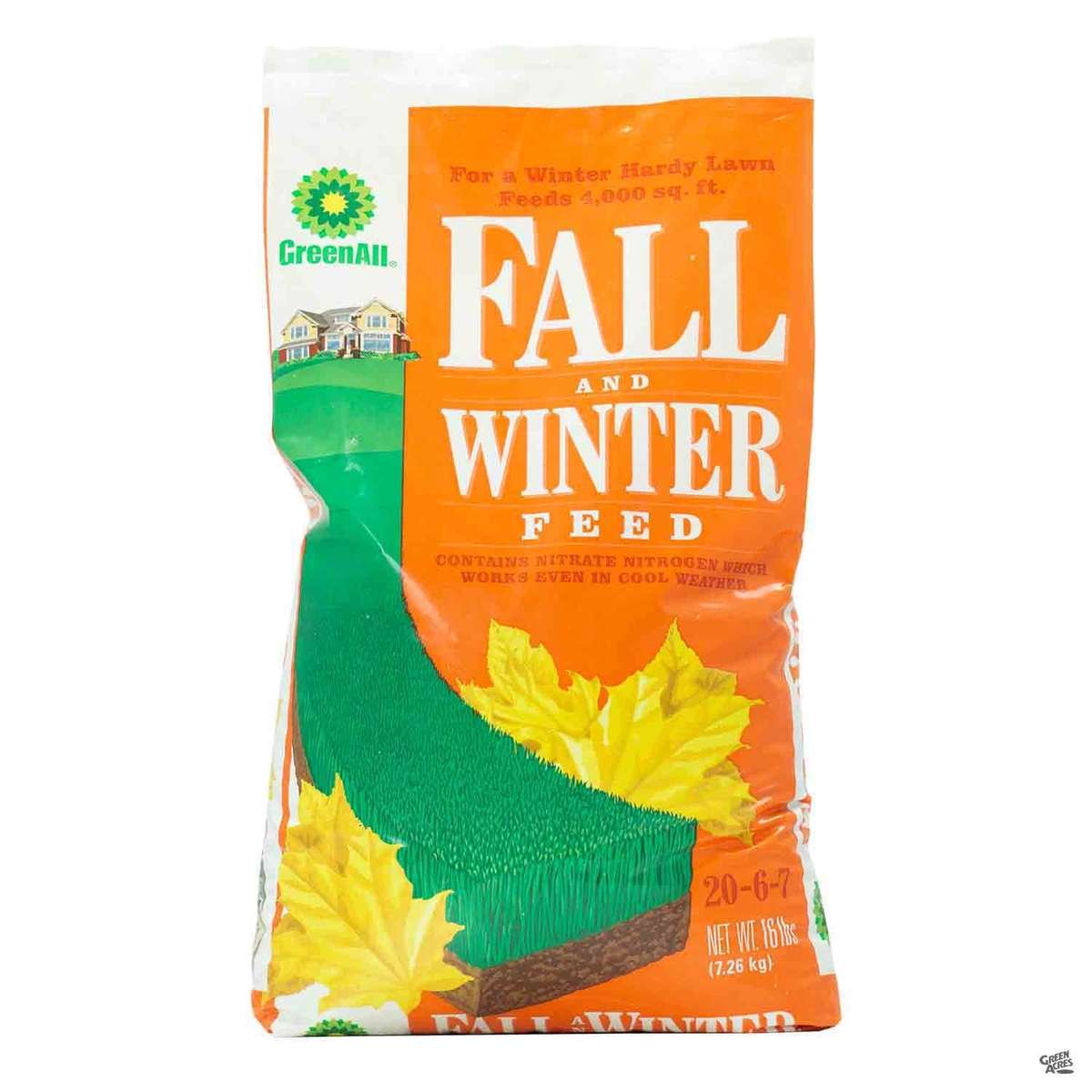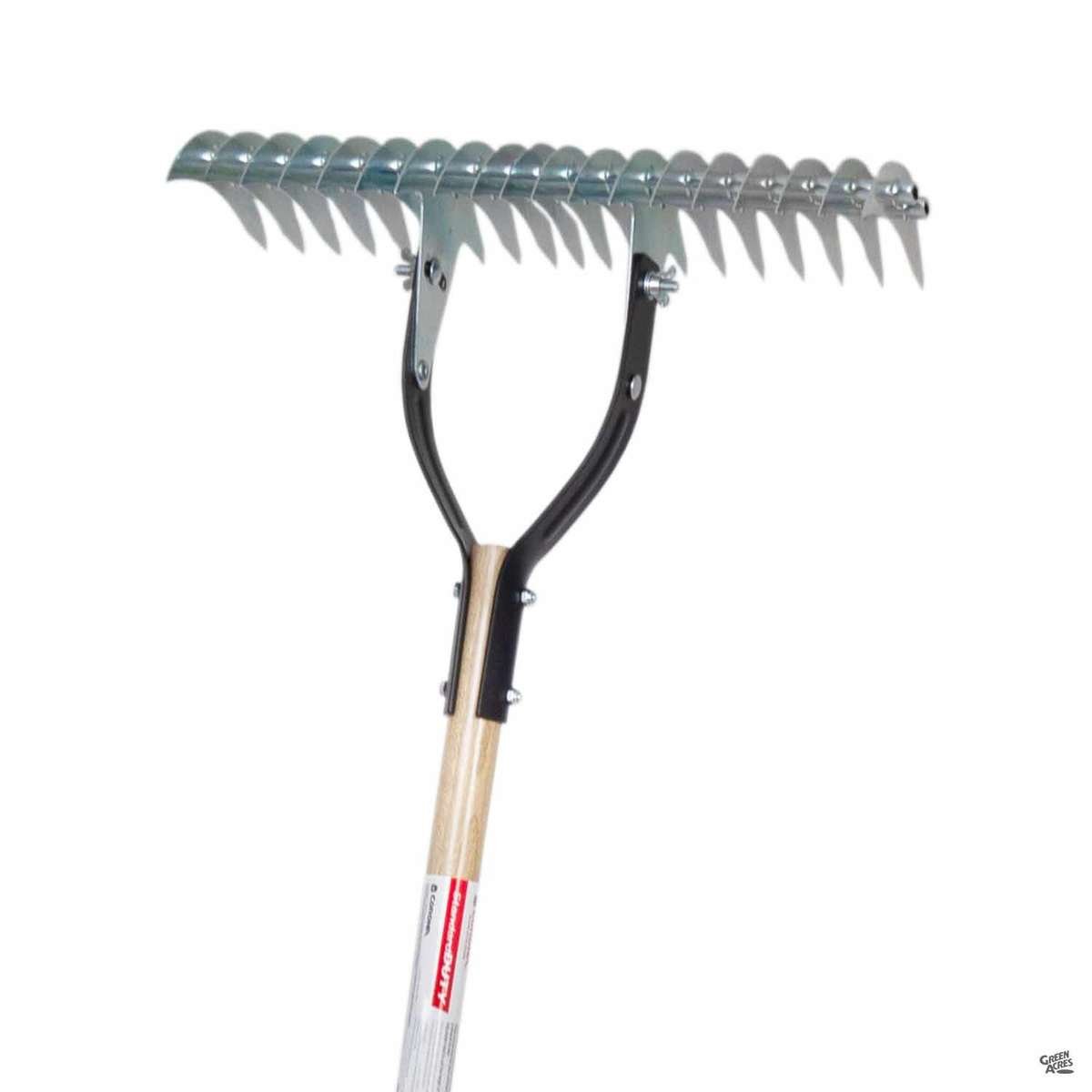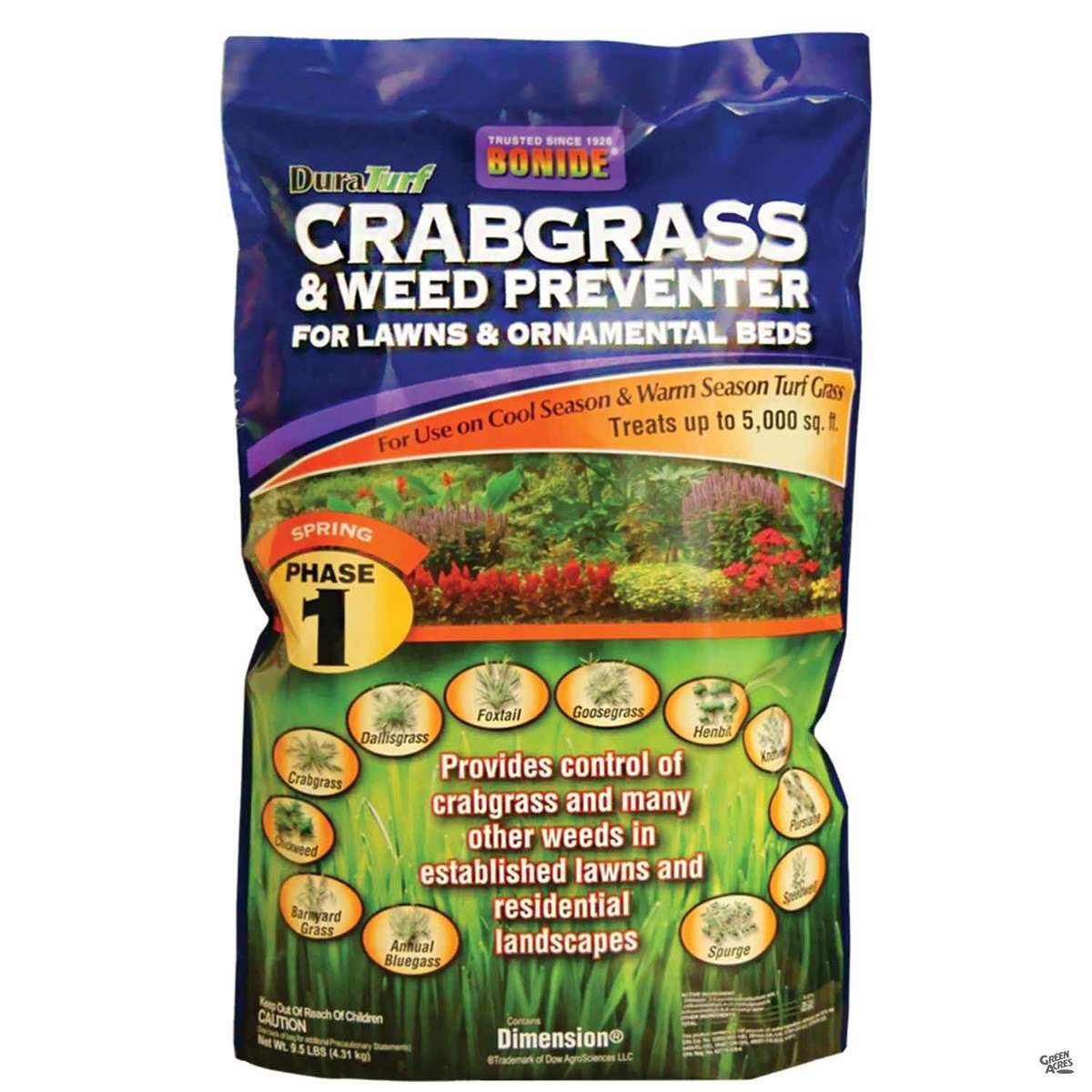
Fall Lawn Care
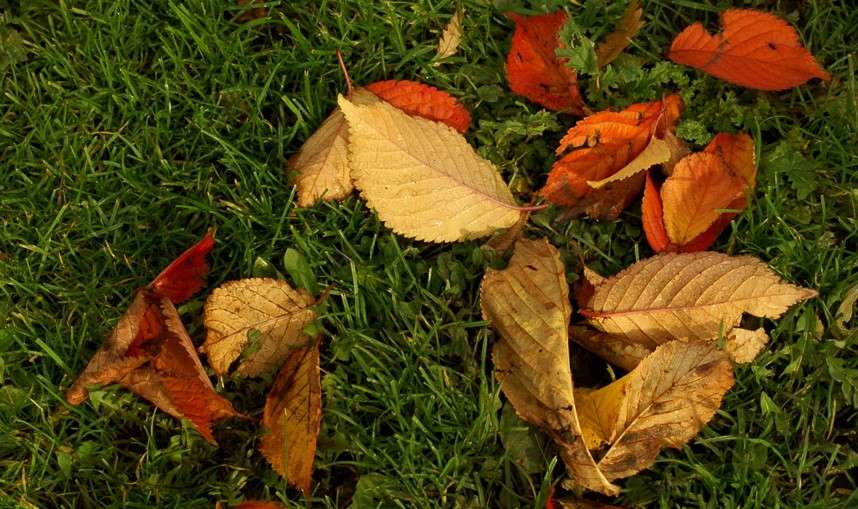
Tips For A Happy Lawn All Year Long
As we finally take a deep breath of relief that the temperatures are lowering, our lawns are ready for some TLC this fall. A few key changes in maintenance can greatly reduce problems with fungus, brown spots, dead spots, insects and disease. Making those adjustments in fall will make your lawn happier all year long. Our experts have help and advice for mowing, watering, fertilizing, thatching, aerating and pre-emergents.
Mow & Water
Our recommendation is to mow "tall". Short lawn allows sun to dry out the soil, burn or freeze roots, and welcomes weeds. Mow turf taller to shade the soil and the lawn will thank you.
Water less... less often, that is. Water a bit longer if you need to, but avoid runoff and watering every day. Soggy lawns breed insects, grubs and deprive lawns of air to breathe. When you mow turf taller, it holds water longer.
Water in the morning. Lawns wet overnight are prone to diseases and fungus, so be sure to water early in the day.
Water less... less often, that is. Water a bit longer if you need to, but avoid runoff and watering every day. Soggy lawns breed insects, grubs and deprive lawns of air to breathe. When you mow turf taller, it holds water longer.
Water in the morning. Lawns wet overnight are prone to diseases and fungus, so be sure to water early in the day.
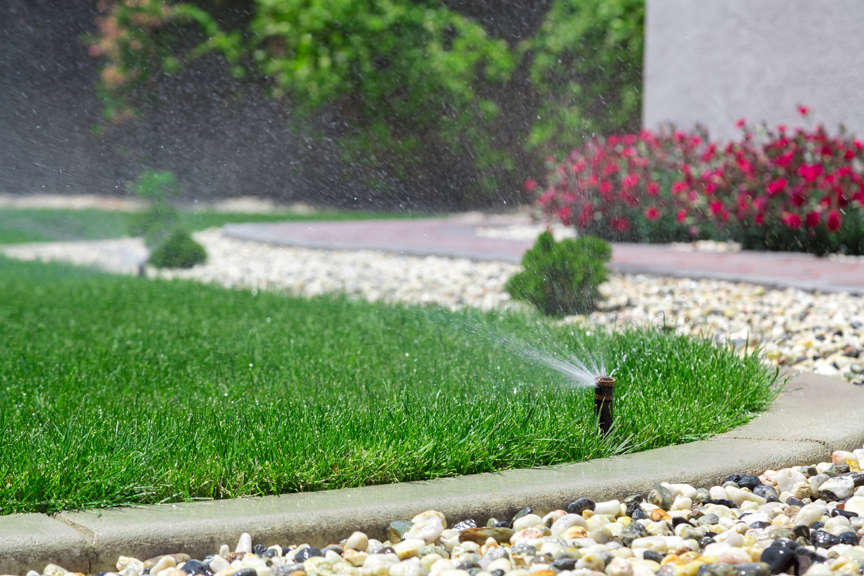
Fertilize
Fertilize carefully. Lawns want nitrogen, but they can’t survive on nitrogen alone. Our experts recommend GreenAll® Fall and Winter Feed for your lawn this fall. It offers a formulation of nitrogen that performs well in cold weather to help with greening. In addition, the phosphorus and potassium levels in this mix will encourage strong, healthy root growth during the winter and the overall performance of the plant functions—setting your lawn up for a successful spring.
Thatching & Aerating
Thatch is a brown layer of living and dead lawn material
at the soil surface. A thin layer is beneficial to the lawn, but thatching may be needed if the layer is greater than one-half inch deep. Our thatching rake is perfect for this fall lawn chore. Use the rake to pull out thatch. Tread lightly, as raking too deeply will accidentally pull out good lawn.
Soil that has become compacted benefits greatly from aerating. Use an aerator that removes a plug of soil, and leave that plug on the lawn to decompose. If the soil is exceptionally dry, aerate the day after a water cycle.
at the soil surface. A thin layer is beneficial to the lawn, but thatching may be needed if the layer is greater than one-half inch deep. Our thatching rake is perfect for this fall lawn chore. Use the rake to pull out thatch. Tread lightly, as raking too deeply will accidentally pull out good lawn.
Soil that has become compacted benefits greatly from aerating. Use an aerator that removes a plug of soil, and leave that plug on the lawn to decompose. If the soil is exceptionally dry, aerate the day after a water cycle.
Pre-emergent
To suppress weed growth, apply pre-emergent to your lawn. Pre-emergent works for several months of weed suppression. For maximum results, apply after thatching and aerating.
Resources
Our experts have put together an excellent calendar of lawn care to keep your lawn in top shape:
Lawn Care Schedule
Get ahead of weeds by following our pre-emergent application dates:
Pre-emergents Prevent Weeds
Strategies for revitalizing your old lawn or laying down a new one:
Tips To Reinvigorate Your Lawn
Lawn Care Schedule
Get ahead of weeds by following our pre-emergent application dates:
Pre-emergents Prevent Weeds
Strategies for revitalizing your old lawn or laying down a new one:
Tips To Reinvigorate Your Lawn

